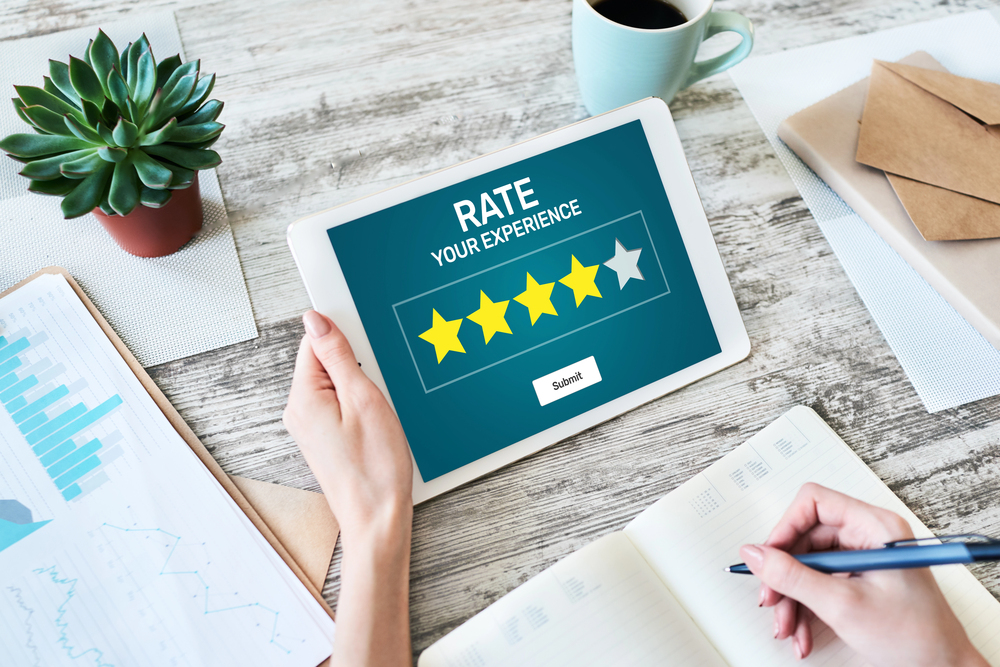In today’s crowded digital landscape, one of the most authentic and effective ways to market your small business doesn’t come from your team at all—it comes from your customers.
User-generated content (UGC) is any content created by your customers, followers, or community that showcases your brand: photos, reviews, videos, unboxings, testimonials, and more. Why is it so powerful? Because people trust other people more than they trust advertising. A genuine post from a real customer can be more persuasive than even the slickest campaign.
Here’s why UGC matters—and how you can inspire your audience to create and share it.
Why User-Generated Content Works
1. Builds Trust and Credibility
When potential customers see real people using and loving your products or services, it feels authentic. Reviews, tagged photos, and testimonials act as modern word-of-mouth recommendations.
2. Expands Your Reach
Every time a customer posts about your business and tags you, they’re introducing your brand to their network. This can organically grow your audience, often without spending a dime on advertising.
3. Strengthens Community
Highlighting customer stories makes your followers feel valued and part of something bigger. It turns casual customers into loyal brand advocates.
4. Provides Authentic Content
UGC helps fill your content calendar with fresh, relatable material that resonates better than stock photos or generic ads.
How to Encourage Fans to Share
1. Make It Easy
Let customers know exactly how to share their experience:
- Create a branded hashtag they can use
- Encourage them to tag your business profile
- Add reminders on your website, in email footers, and in-store signage
The simpler the process, the more likely they’ll participate.
2. Celebrate and Share Their Posts
When someone tags you or uses your hashtag, feature their content on your social media, website, or email newsletter. Seeing others get recognition motivates more people to join in.
3. Run UGC Campaigns or Contests
Host a themed contest: ask customers to share photos of how they use your product, decorate their space, or enjoy your service. Offer small prizes or discounts to winners. Even a simple “feature of the week” can drive participation.
4. Ask for Reviews
Encourage customers to leave reviews on Google, Facebook, Yelp, or industry-specific sites. Respond to those reviews—good or bad—to show you value customer feedback. Make sure to thank customers for their reviews and address the not so good reviews.
5. Offer Incentives
A discount on a future purchase, exclusive content, or entry into a giveaway can motivate customers to share.
6. Use Calls-to-Action (CTA)
Don’t be afraid to directly ask your audience to post photos, tag you, or tell their stories. Clear CTAs can turn passive fans into active contributors.
User-generated content isn’t just a trend—it’s a strategic, authentic way to deepen customer relationships and build brand credibility. By making sharing easy, recognizing your fans, and giving gentle encouragement, you’ll unlock a steady stream of content that keeps your marketing fresh, relatable, and trustworthy.
About the author: Autumn Edmiston is the CEO and owner of the Edmiston Group. The Edmiston Group is a multifaceted Pittsburgh-based marketing consulting firm providing senior-level marketing management services to businesses and non-profit organizations on a short or long-term basis. Core areas of service are business development strategies, website creation and management, social media management, marketing, strategic planning, and public relations. The Edmiston Group has consistently delivered and implemented real-world, proven business marketing ideas and strategies for business.











